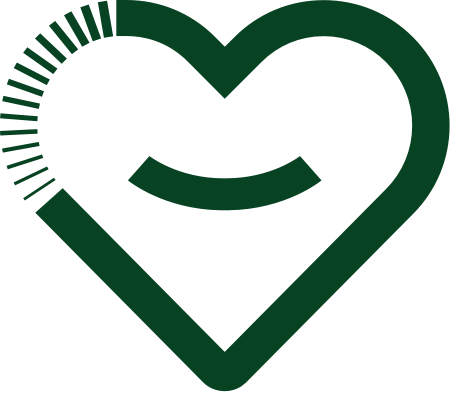Recognising Nonverbal Communication and Tailored Disability Support Services
Learn more about Nonverbal Communication, its effects and supports available
This page provides information about nonverbal communication, and how Claro can work with you to ensure you have the best disability support services at your disposal.
Jump to:

What is nonverbal communication?
Nonverbal communication is used by everyone to some degree — your facial expressions, hand gestures, and body language are all forms of nonverbal communication.
Nonverbal communication can be particularly important for some people with disability. Not being able to communicate through speech is a symptom or effect of a range of physical, intellectual, and psychosocial (mental and emotional) disabilities, which may result in a need for in home care or the assistance of Australian home care services.
Nonverbal communication for people with disability can include written communication, sign language, the use of body language and gestures to convey meaning, communication aids, or Easy English materials.
Ways of communicating that replace or support speech are called Augmentative and Alternative Communication (AAC). There are different types of AAC that can be tailored to your needs with the assistance of NDIS support coordination. Some are ‘off the shelf’, such as alphabet and key sign boards, while others are customised to a person’s needs and preferences.
Many disability and health workers are trained in AAC. Speech pathologists are crucial to developing a person’s unique AAC options and can be accessed as a part of your disability support services.
Diagnosis and management
If you think you or your child are showing signs of losing speech or language skills, delayed speech, or other issues communicating, your doctor can support you through diagnosis. They might refer you to experienced specialists including psychiatrists, paediatricians, psychologists or a speech pathologist, all of which can be navigated with the right NDIS support.
If you have a disability that affects your verbal communication, you can apply for access to the National Disability Insurance Scheme (NDIS). The NDIS funds disability-related supports and services for people with permanent and significant disability. This can include a range of AAC options and other supports you might need as a result of your disability and communication needs.
If you are noticing signs of developmental delay in your child, you can contact your local Early Childhood Early Intervention NDIS partner. They will connect you to supports and services, and guide you through the NDIS application process if your child has a disability.
Find out who to contact about the NDIS where you live.
Getting support early for young children with developmental delay can benefit a child’s long-term development, and help families and carers manage. Speech Pathology Australia provide a range of resources on speech disorders and nonverbal communication. They have also made a Communication Milestones Kit that can help you identify whether your child aged 1-5 is experiencing speech or communication delays.
Raising Children also has information about connecting and communicating with children and teenagers of all ages.
For more information about specialised communication services and how to access AAC, visit Scope Australia, or speak to your disability service provider.
Disability can be challenging for families and carers, too. It is important for carers to get the help they need. Carer supports are available through government support programs, the NDIS for carers of NDIS participants, and the Carer Gateway.
How Claro can support you
At Claro, we provide disability and allied health services tailored to your needs.
Our workers offer external and in-home care and specialise in nonverbal communication, or AAC, working with you to develop an ongoing connection and understanding. This helps us make sure we provide the disability services you need for a bright future.
We partner with Plena Healthcare to provide allied health services including speech pathology. These services can be provided in-home and by the same team members, so that you can focus on building a long-term connection and understanding.
While we continue to grow our team and the services we can offer across Australia, we currently offer supports to clients over 18 years old. Get in touch today to find out what services we offer near you.
Tips for nonverbal communication
- Address the person with disability. It is rude to speak to a person’s translator or carer instead of the person, or assume the person can’t understand you. Being nonverbal or having a speech impediment does not mean someone can’t communicate.
- Communicate with people on their terms. Make sure you know how a person prefers to communicate to you, and for you to communicate with them, and act accordingly.
- Speak with respect. Talk to someone with disability the way you would anyone else. Don’t try to finish their sentences, rush them to speak or understand more quickly, or talk over the top of them.
- Pay attention. Non-verbal signs and signals like hand gestures, eye contact and movements, tone of voice can convey meaning.
- Ask questions politely. If you are having trouble understanding someone’s non-verbal communication, ask questions that will help you understand them now and in the future. It can also help if you repeat back to the person what you have understood of their communications.
- Work on your own nonverbal communication. Your tone of voice, body language, facial expressions and overall behaviour can help convey what you mean more clearly.
- Use person-centred language. Remember — a person who has a disability is not defined by it.



